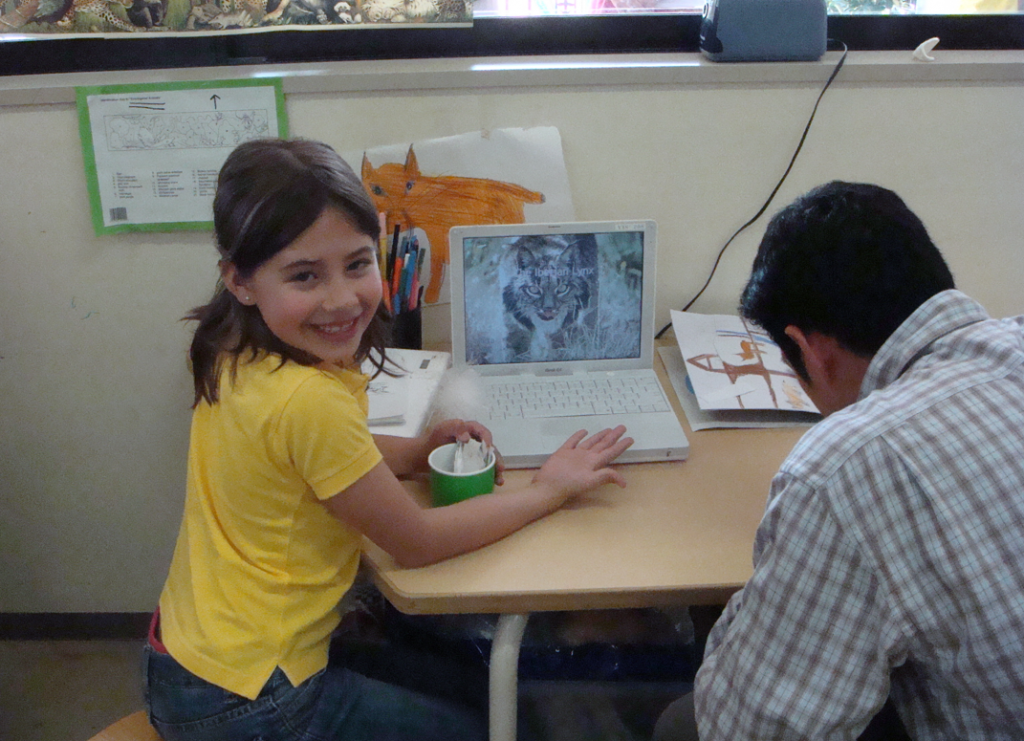In 2007 I moved with my family to Japan and I realized just how prevalent digitalization is in society. In this post, I have focused on my initial immersion into the digital world and the role it played in different aspects of my life.
Digitalization of Leisure
One of my most concrete memories of my time in Japan has to be going to Yokohama’s Landmark tower every weekend to play at the Pokemon Center. The Tower is the second tallest building in Japan, housing a hotel between its 49th-70th floor and shops, restaurants, clinics, an observatory, and offices in the subsequent 48 floors. I still remember making a beeline to the perpetually long line for the battling machines outside the store. Here, my brother and I used our large collection of pokemon chips to battle with various pokemon in the game. Win the game, a chip comes out. Lose the game, you just used your pocket money for nothing. This activity became part of my weekend agenda, and rarely did I miss this weekly visit to the Center. Having such facilitated accessibility to the digital world gave me an interest, a hobby, something to look forward to. It also gave me a way to connect with my brother and it still puts a smile on my face.
Academic Digitalization
Kids today are given iPads at the age of three. When I was a kid, I got my first personal device as a part of my primary school education. I can still remember my heavy, bulky, white MacBook littered with stickers and bumps from when I clumsily dropped it. This computer was my academic lifeline. Textbooks were quickly replaced by learning sites, and assignments became more centered around using the web to research various topics. When I was sick, work was still posted and my parents could ensure I did my homework (sadly no more sneaky mind games to get more playtime after school). When I first started to use my Mac for projects I still remember my anxiety over what websites to choose, how to make the perfect layout, and the frustration of hitting “close” on my documents without saving them. So MANY TIMES. TOO MANY TIMES.

Digitalization was such a big part of my education that we even attended and completed a computer course to learn how to type. It was called Dance Mat Typing by the BBC who made an interactive game that taught me to type. I also experienced educational games like Mathletics where you could compete with other kids your age internationally in head-to-head addition, subtraction, multiplication, and division games in real-time. This game was a part of our mathematics syllabus, making my learning more interactive and my aversion to maths less intense.

Digitalization of Daily Life
The most subtle yet holistic way digitalization manifested itself during my time in Japan was in the most mundane ways. Taking the train, ordering food, even walking around. In Japan’s largest cities, it is the norm to see large screens displaying different advertisements that play continuously on a loop. The images below are just some examples of this digital marketing strategy. Standing on escalators, crossing the street, waiting in a mall; all mundane activities that included interactions with the digital world. As a kid, I never questioned why these screens were everywhere. Now, thinking back at my childhood I realize I was heavily impacted by this form of digitalization. Whether it was getting catchy jingles stuck in my head or making me want to watch the latest movie in the country, seven to ten-year-old me became much more aware of the seemingly endless supply of new products. I still remember waiting for my mom outside a store in the mall and watching continuous loops of fridge advertisements on tiny screens built into the walls around its halls. Mitsubishi, Hitachi, Panasonic, Sharp, Toshiba. These are the brands I saw and recognized, not necessarily because they were present in my own home but because they existed all around me.

Yet, I would argue that the most intense form of digitalization I experienced was with the general presence of technological devices. If you have researched (or visited) Japan you will know that there’s a running joke about how pedestrians are all looking at their phones/games so much that people constantly bump into you, as well as that many accidents on streets are caused by people’s lack of awareness of their surroundings. ‘They are distracted walkers who, while calling or texting on mobile phones, have suffered cuts and bruises, sustained serious head injuries or even been killed’ (Henderson: 2014). This phenomenon is also experienced in Southeast Asian countries like China and Singapore, resulting in innovations to avoid such accidents. In Singapore I often saw zebra crossings that sported LED lights on the edge of the walking paths, so those looking at their devices could see when to cross. The lights would shine green for walk and red for stop. This initiative was carried out by the Land Transport Authority (LTA) to increase pedestrian safety and aims to ‘get distracted pedestrians to pay attention to traffic-light signals’. The title of this post is ‘The Digital is Everywhere’. Since my childhood encounters there have been more innovations that enhance not only digital marketing but also help to keep those intrinsically connected to digital devices safe.

There’s a saying that goes if you can’t fight them, join them. That could not be more appropriate for this topic. Facilitating digitalization in a safe efficient way is becoming more important and will likely result in similar innovations in the field. I must say that though my encounters with digitalization definitely have impacted my interests and shortened my attention span, it also awakened my curiosity and acted as a gateway to hobbies that made my childhood special and memorable (Thank you technology for my pokemon addiction!).
References
https://www.bbc.co.uk/bitesize/topics/zf2f9j6/articles/z3c6tfr.
https://www.todayonline.com/singapore/new-flashing-led-strips-pedestrians-2-traffic-light-crossings.
https://www.governing.com/archive/too-many-pedestrians-injured-by-looking-at-their-phones.html.


Really interesting to read about your personal experiences with getting more and more drawn into digital technologies over the course of your life. I recognize a lot, but it is also very interesting to focus on the difference I can see between your digital socialization and mine. Apparently (and logically), the country you grow up in as a youngster has a big impact on what and when you learn of technology. Your close interaction with technology started a lot earlier than mine did (the first computer I got for myself was during high school I believe) and had beneficial effects (in terms of lessening the hate for maths). Really nice to read about the perspective in other countries that were (and probably are) more digitized than what I’m used to!